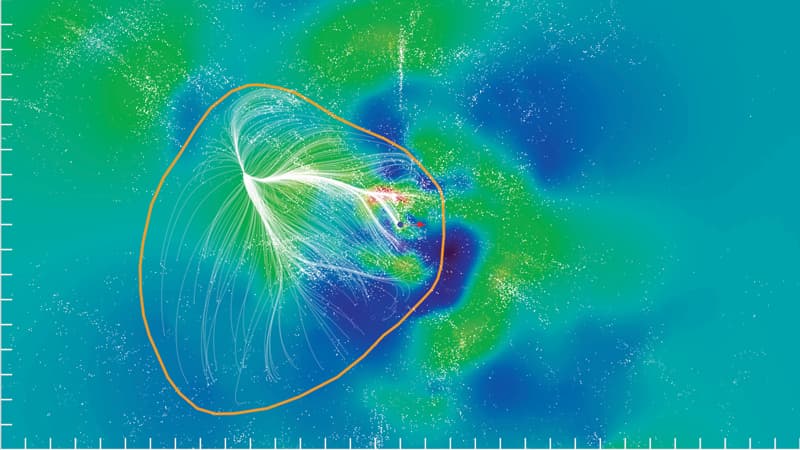
If you are asked where you live, you'll name your neighborhood -- or town. But you could also say you live in Laniakea. That's a Hawaiian word that means “immeasurable heaven," and is the new name given to a supercluster of about 100,000 galaxies, including our own Milky Way.
The identification of Laniakea offers a new understanding of humanity's place in the cosmos and is the result of a decades-long effort to construct a 3D map of the universe.
Astronomer Doug Duncan, director of the Fiske Planetarium in Boulder, explains that the mappers calculate the position of galaxies in space by measuring how fast they are moving as the universe expands.
"Things moving away from us faster are farther, things moving away slower are nearer," he says.
The mapping research was led by astronomer Brent Tully at the University of Hawaii, who will visit the Fiske Planetarium next month to present his work to a group of scientists. There will also be a program for the public.
The research reveals that galaxies are not spread evenly. They tend to cluster, as with Laniakea. That’s important because the only thing that can pull galaxies together is gravity, and the clumping requires more gravity than the galaxies themselves produce.
“There’s unexpected gravity there. What is creating all this gravity? We think it’s being created by something called dark matter,” Duncan says.
Dark matter is a term given to theoretical, unidentified matter that seems to be exerting a pull on entire star systems. Duncan says the 3D map provides “a good test” for its existence.









